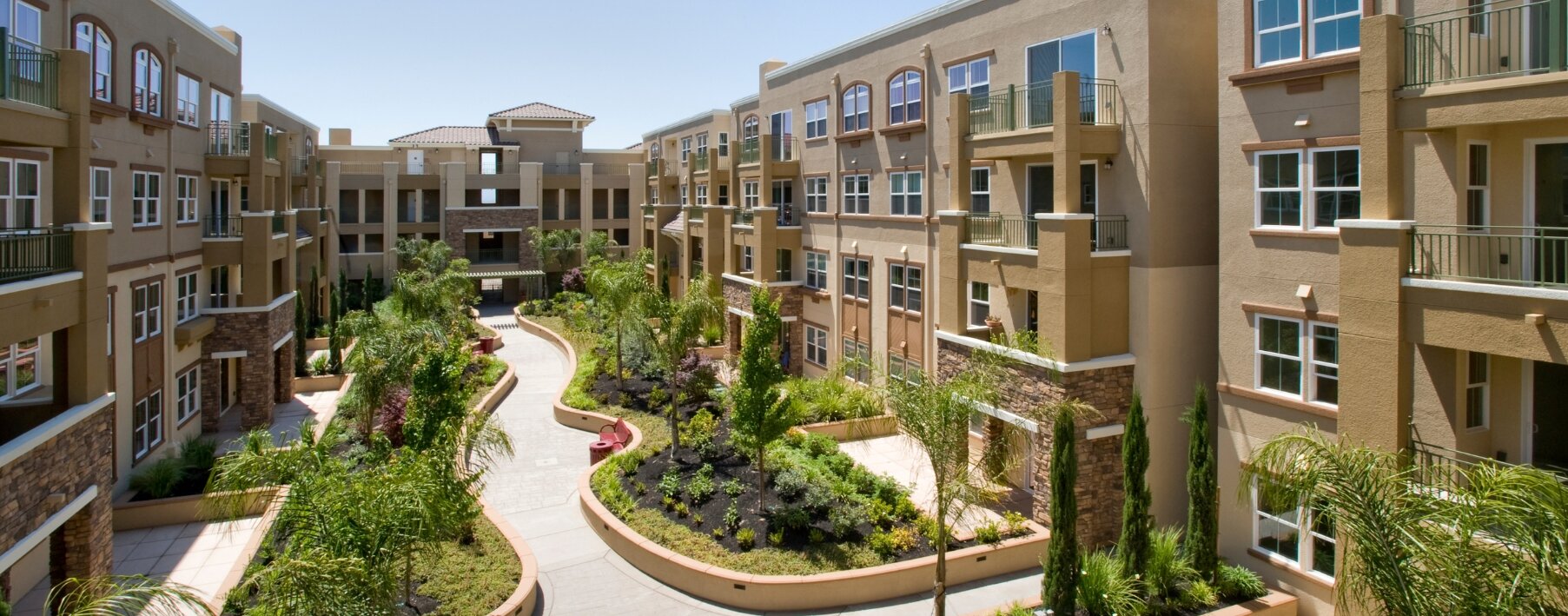What Does Homeowners Insurance Cover?

We know how important your home and belongings are to you. At Hippo, your home insurance policy is about more than just financial coverage — it’s about protecting you and the home you love from whatever comes its way.
Below, we break down the main what home insurance covers, take a deep dive into what these coverage amounts really mean and provide tips on how to make sure you get the most out of your money.
Key takeaways:
- Homeowners insurance covers your home’s structure, your personal belongings and liability.
- Homeowners insurance doesn’t cover specific disasters such as earthquakes and flooding, and other home issues such as mold growth or water backups.
- Look for additional benefits when picking a provider, such as smart home discounts and home maintenance services.
What does a homeowners insurance policy typically cover?
Homeowners insurance (also known as an HO-3 Policy) covers your dwelling, personal property, other structures, loss of use and liability, which are split into two sections. Section I is Property Coverage and Section II is Liability Coverage. Within each section, there are a variety of categories that provide full protection to your home, your belongings and your liability. Though each insurance company is a bit different, below we break down the main sections of coverage you’ll see when purchasing a policy.
Section 1: property coverage
There are four main categories of coverage within section 1 of your homeowners policy. Often referred to as Coverage A-D, these categories break down exactly what portions of your property will be covered in the event of damage.
- Coverage A: Dwelling
- Dwelling coverage financially shields the structure of your home from named perils and catastrophes.
- Coverage B: Other StructuresThis aspect of your homeowners insurance policy covers additional structures on your property such as fences, detached garages and sheds.
- Coverage C: Personal Contents
- Your policy will also provide coverage for your personal belongings, meaning you can get financial assistance for any damage, theft or loss that occurs to your personal property (think electronics, jewelry and even furniture).
- Coverage D: Loss of Use
- If your home becomes uninhabitable due to damage from a covered peril, your home insurance will pay for living expenses while your home is being repaired (this includes both lodging and food).
Section 2: liability coverage
The second section of your home insurance coverage is personal liability (also called Coverage E-F). Applicable to anyone living in your home that is related to you by blood, marriage or adoption, liability protection helps protect your family in a few ways:
- Coverage E: Personal Liability
- Personal liability coverage offers financial protection in case someone gets injured on your property or damages the property itself.
- Coverage F: Medical Payments to Others
- In some cases, injured parties may take legal action against you, seeking payment for their medical fees or lost wages. Liability coverage in standard homeowners insurance policies will provide financial and legal assistance as you navigate this process.
What does homeowners insurance not cover?
While homeowners insurance coverage is meant to be a comprehensive plan to protect you from anything that can come your way, there are some exceptions.
Specific natural disasters, including earthquakes and floods, require a specific endorsement that will need to be added onto your existing policy. Some states even require these endorsements if you live in a high-risk area, even though they aren’t included in a traditional policy. Other exclusions include maintenance costs, identity theft protection and water damage from issues such as water/sewer backups or sump pump overflows.
How do I know if I have enough home insurance coverage?
When determining how much homeowners insurance you need, it’s a good idea to assess the value of your home and your belongings. You can take inventory of the items you own (and their value) yourself, or you can hire someone to inspect and take inventory of your home for you. Another factor to consider is how much you would have to pay to repair or replace sections of your home should the structure get damaged, so taking into account the current construction costs can help make sure you are getting enough coverage for your needs.
Additional home insurance coverage options
If you are interested in securing more coverage for your home, there are various endorsements available to cover you for any type of damage or loss. Earthquake, hurricane and flood insurance are common endorsements, as well as mold and water backup coverage. You can also extend the policy limit for any of the above categories, which is often recommended for those with brand new homes or homes with historical significance, as they cost more to repair.
Benefits to look for in an insurance provider
While the type of coverage you purchase is important, who you buy it from also matters. Not all insurance companies are created equal, so it’s a good idea to do your research and see what additional benefits each company offers as well as their customer reviews. After all, you don’t want to wait until a disaster strikes to find out it’s impossible to get someone from your insurance provider on the phone.
Some providers offer additional discounts (like us) for installing smart home devices, and even have maintenance services ready to serve you when you need. A company that offers more than just a standard protection plan is your best bet, as you can rest easy knowing that they are helping you achieve total home wellness.
Ready to purchase a policy or just want to find out more about our services? At Hippo, we’re here to answer all of your questions and walk you through the process of creating a comprehensive protection plan for your home. Just give us a call.
This article is for informational purposes only and was compiled from sources not affiliated with Hippo. While we believe this information to be reliable, we do not guarantee its accuracy or completeness. The content provided reflects general homeowner considerations and is not professional advice. For any insurance-related decision, please consult your licensed insurance producer.



